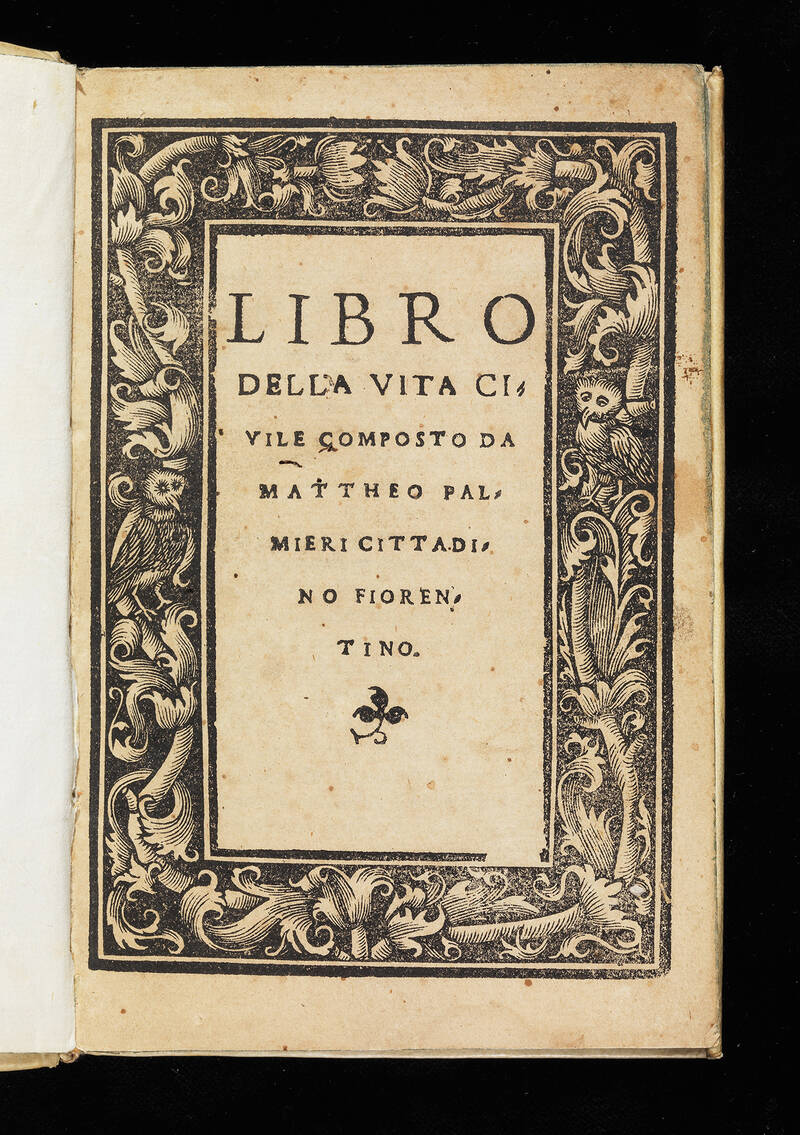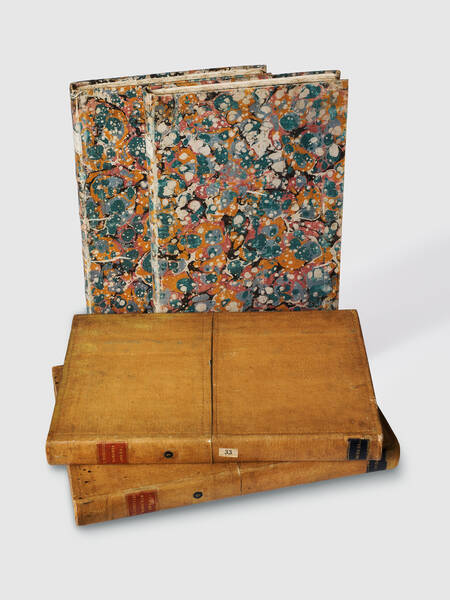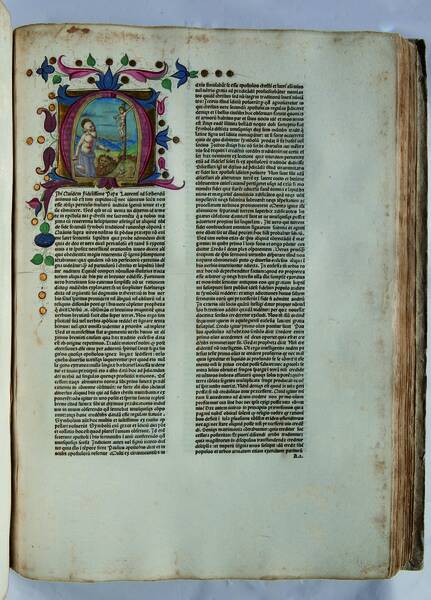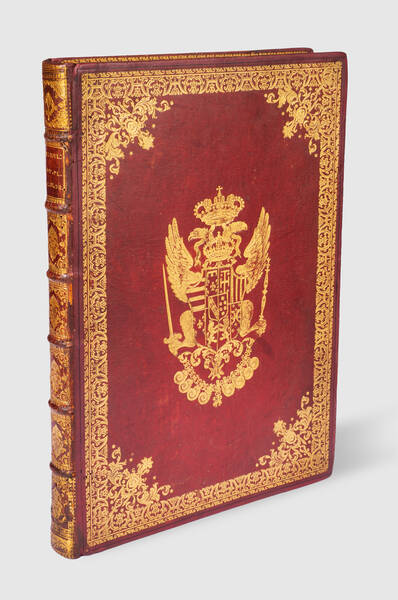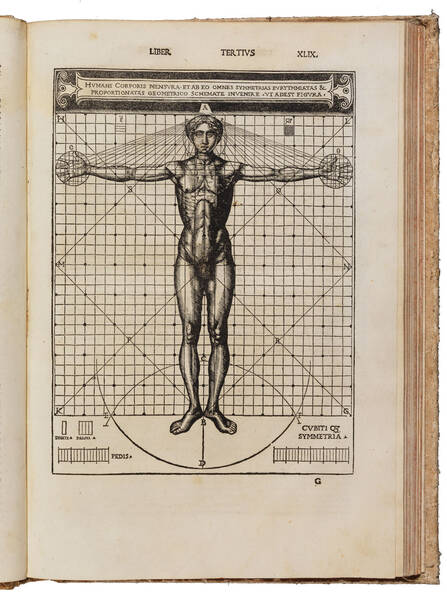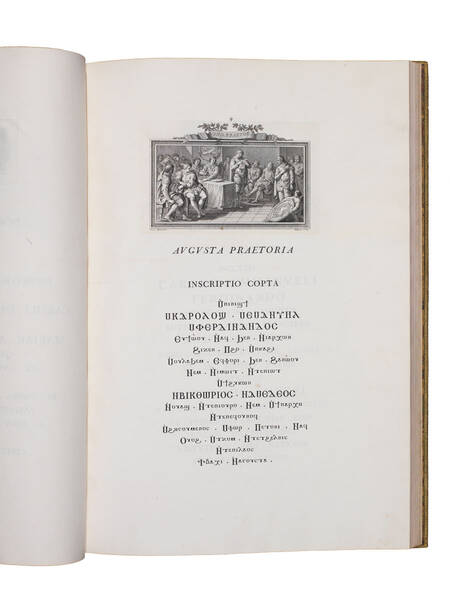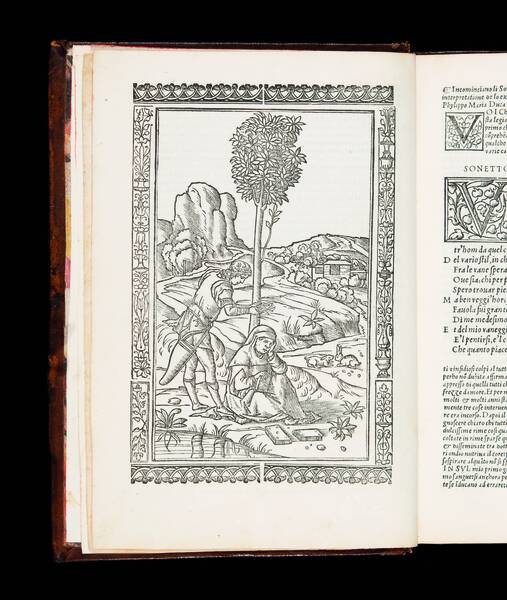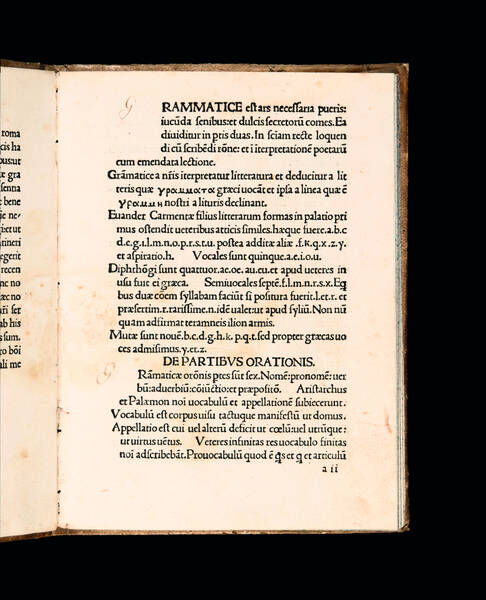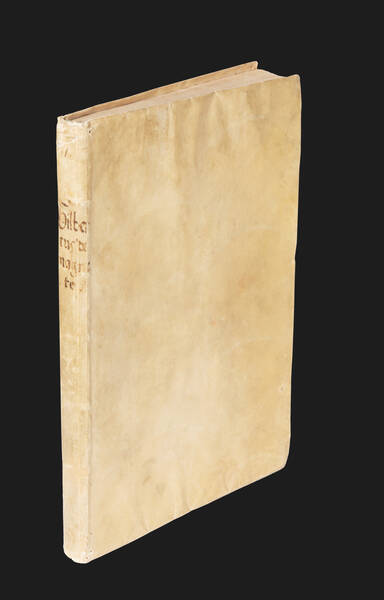PALMIERI, Matteo. Libro della vita civile composta da Mattheo Palmieri cittadino fiorentino.
Venice, Giovanni Andrea Valvassori., 1535.Octavo (150x97mm), 99, [1] leaves, title-page with woodcut border, istoriated initials. A little worming in margins, some stains but a good copy in XVIII century stiff vellum, lettering piece on spine, blue edges.
The Libro della vita civile is considered the most important work by the Tuscan humanist and politician Matteo Palmieri, who lived in Florence from 1406 to 1475 and whose political life is to be closely related with that of the Medici family. The text agrees with the ideals of the first humanists: actually, this treatise written in Italian (as the three-book poem La città di vita, also by Palmieri) focuses on the ideal citizen, and on the qualities that make him so. The writer is chiefly concerned with citizens' education, since it is the basis for a society built on active virtues and industriousness (more specifically, on civic humanism). The work (composed in 1429, but printed only in 1528) includes four books in dialogic style, fictionally set in a country house in Mugello (a valley north-east of Florence) during the plague of 1430, with the rich Florentine merchant Agnolo Pandolfini as the main speaker. In the first book the conversation is upon Quintilian's Institutio oratoria, while the last three books regard Cicero's De Officiis. Like his father, Matteo Palmieri was very active in the civil life of his city: he became a well-known and respected public official and his personal experience strongly influenced his work. He is quoted in Vite di uomini illustri del secolo XV, by the humanist and writer Vespasiano da Bisticci (1421-1498), who puts Palmieri among the “illustrious men” of his generation to be remembered (103 biographies in all) describing him as follows: “…Venne nella sua republica in grandissima riputazione, per essere uomo pesato e grave, e di savissimo consiglio;...Matteo essere di quegli che consigliava la sua republica con grande maturità...”. A donor portrait of Matteo Palmieri (kneeling with his wife Niccolosa de' Serragli) can be found in the religious painting Assunzione della Vergine, by the Florentine Francesco Botticini (1446-1498), which was commissioned by the humanist.
Brunet IV, 334.
Other Books
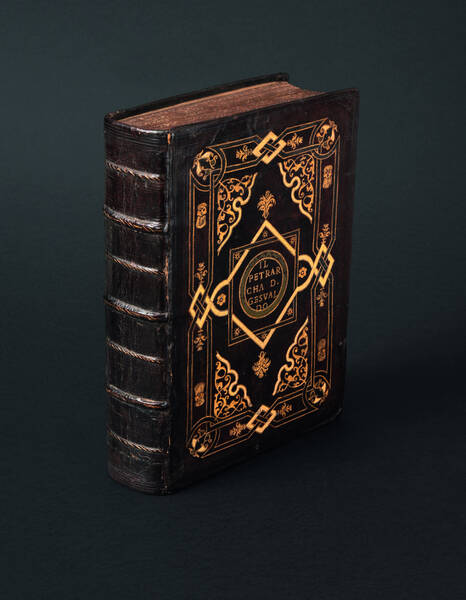
PETRARCA, Francesco
Il Petrarcha colla spositione di misser Giouanni Andrea Gesualdo. I Triomphi del Petrarcha colla spositione di misser Giouanni Andrea Gesualdo da...
SOLD OUT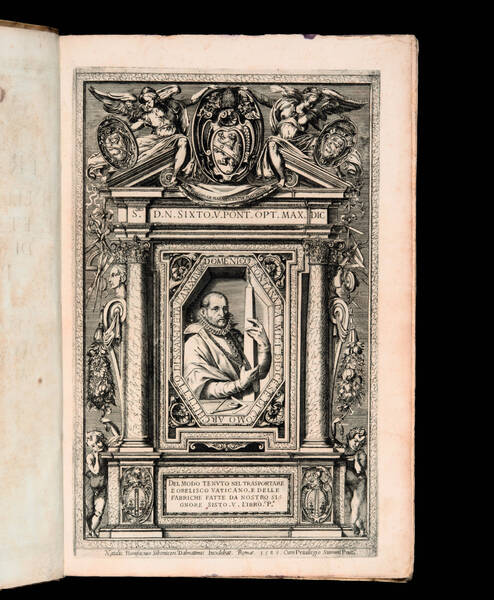
FONTANA, Domenico
Della trasportatione dell'obelisco vaticano et delle fabriche di nostro signore papa Sisto V fatte dal cauallier Domenico Fontana architetto di sua...
SOLD OUT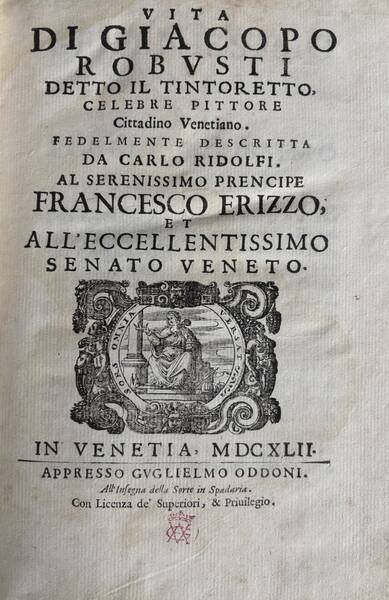
RIDOLFI, Carlo
Vita di Giacopo Robusti detto il Tintoretto, celebre pittore, cittadino venetiano.
€ 2.500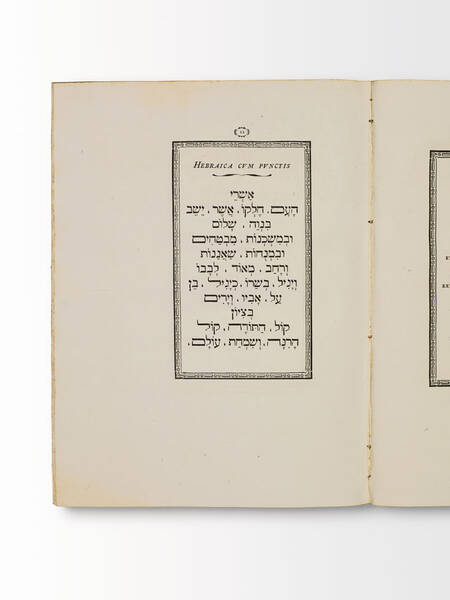
[BODONI]
Pel solenne battesimo di S.A.R. Ludovico Principe primogenito di Parma tenuto al sacro fonte da Sua Maestà Cristianissima e dalla Reale Principessa...
€ 6.000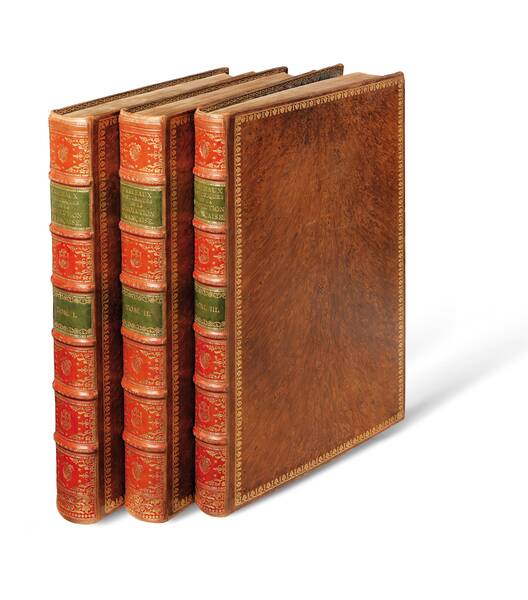
[FRENCH REVOLUTION]
Collection complète des tableaux historiques de la révolution française.
SOLD OUT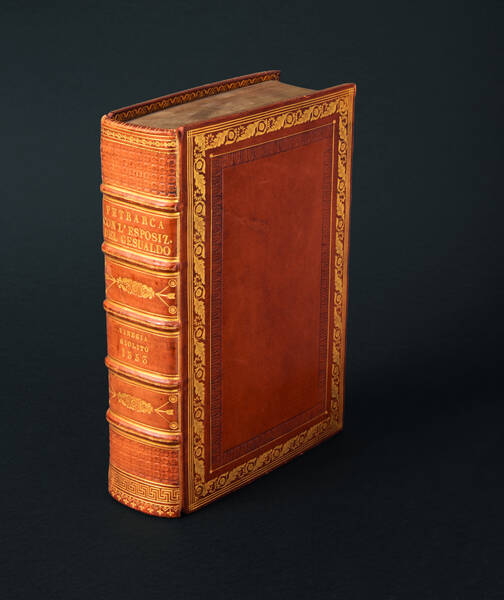
PETRARCA, Francesco
Il Petrarcha con l'espositione di m. Giouanni Andrea Gesualdo, nuouamente ristampato, e con somma diligenza corretto, con nuoua tauola di tutte le...
€ 6.000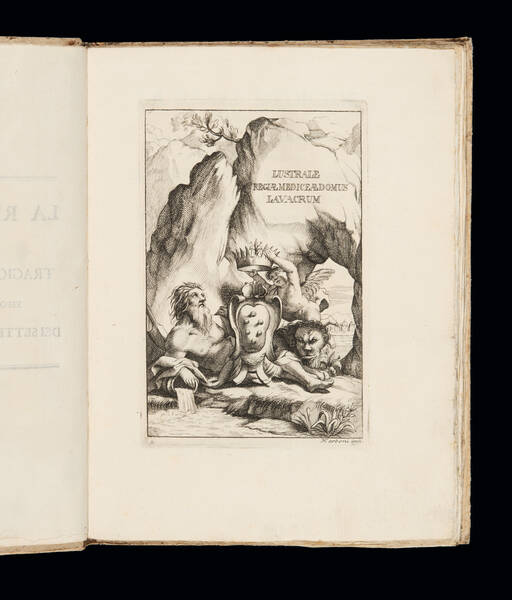
CATANI, Francesco Saverino
La reale medicide, esponente nella morte di Don Garzia i fatti più speciali di Cosimo Duca II. di Firenze ... Tragica festa teatrale, illustrata di...
€ 3.000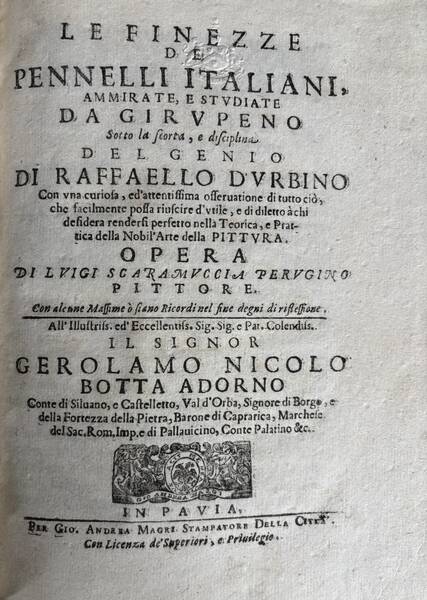
SCARAMUCCIA, Luigi
Le finezze de pennelli italiani, ammirate, e studiate da Girupeno sotto la scorta, e disciplina del genio di Raffaello d'Urbino : con una curiosa,...
€ 1.200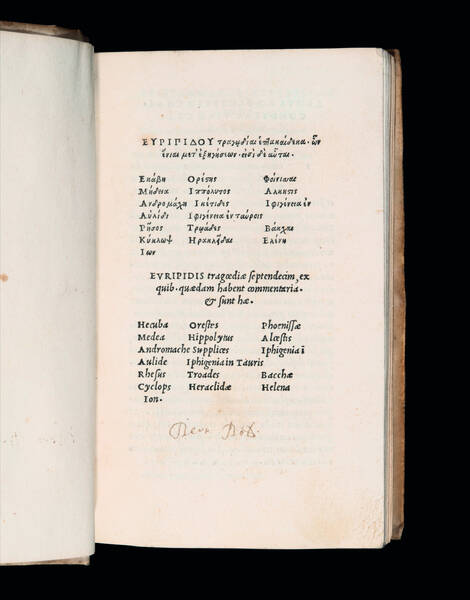
EURIPIDES
Tragoediae septendecim ex quib.quaedam habent commentaria,et sunt hae. Hecuba Orestes Phoenissae Medea Hippolytys Alcestis Andromache Supplices...
€ 29.000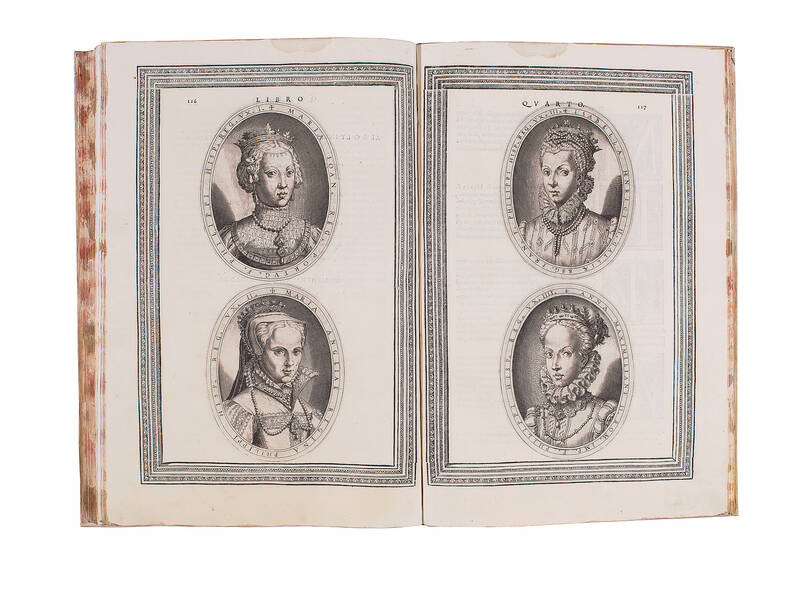
CAMPO, Antonio
Cremona fedelissima città et nobilissima colonia de romani rappresentata in disegno col suo contado et illustrata d'vna breue historia delle cose piu...
€ 15.000MEDA RIQUIER rare books ltd.
4 Bury Street St James's
SW1Y 6AB London
Phone +44 (0) 7770457377
info@medariquier.com
